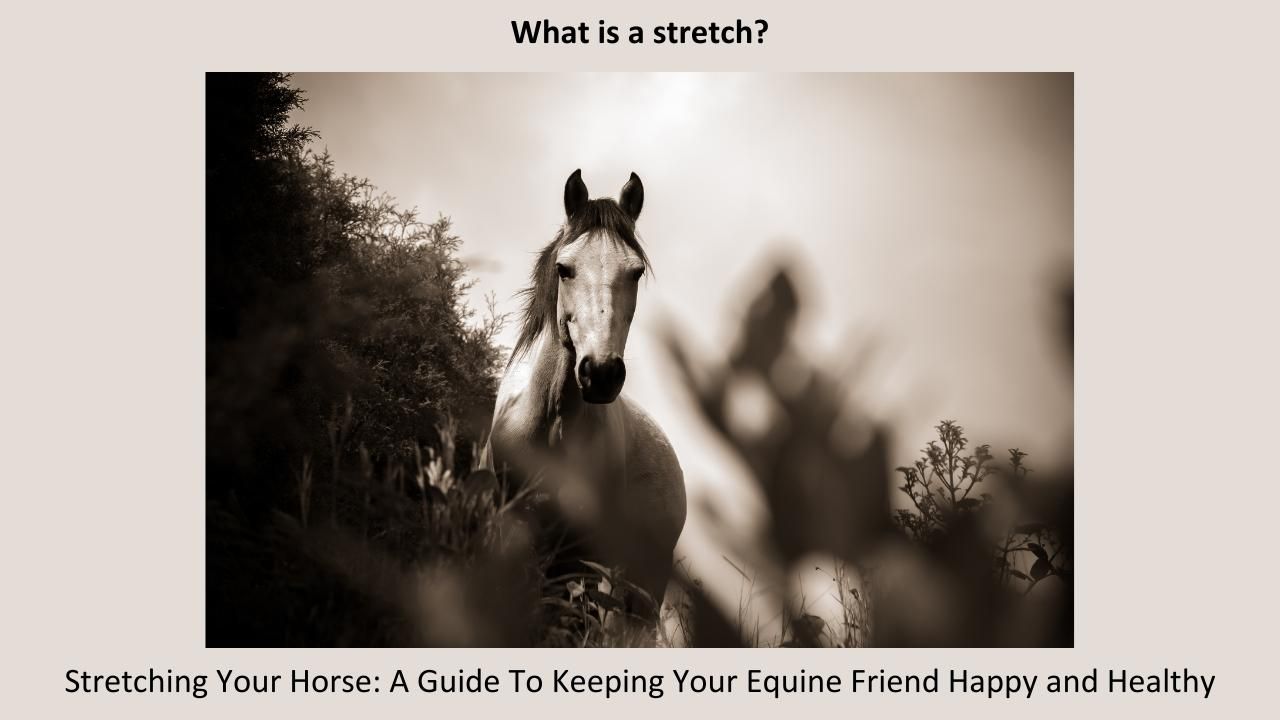Stretching plays a vital role in maintaining and improving the flexibility and mobility of our muscles and joints. It helps to release tension, prevent injuries, and improve overall performance. When we stretch, we are lengthening our muscles, increasing blood flow, improving circulation, and promoting better posture.
Static stretches are often recommended for increasing flexibility and range of motion as they involve holding a specific position for a period of time. These stretches target the muscles and tendons, allowing them to relax and elongate. Examples of static stretches include the hamstring stretch, where one extends one’s leg and leans forward, and the quadriceps stretch, where one pulls one’s leg behind them.
On the other hand, dynamic stretches involve moving parts of the body through a range of motion. These stretches are typically used as part of a warm-up routine to prepare the body for physical activity or exercise. Examples of dynamic stretches include arm circles, leg swings, and hip rotations. Dynamic stretches help to warm up the muscles, increase blood flow, and activate the nervous system.
The debate about when and how to stretch continues. Some studies suggest that static stretching, when done before physical activity, may decrease muscle strength and power, potentially leading to a decrease in performance. However, other studies have shown that static stretching can improve flexibility and reduce the risk of injury when done after exercise or as a separate routine.
Incorporating stretches into your horse’s routine can have similar benefits. Horses, like humans, also need to maintain and improve their flexibility and mobility. Regular stretching exercises can help prevent muscle imbalances, increase range of motion in joints, and improve their overall performance.
When performing stretches with your horse, it is important to start slowly and be gentle. Use a combination of static and dynamic stretches, focusing on different muscle groups. Neck stretches can help improve flexibility in the spinal column and reduce stiffness. Leg stretches aid in increasing joint mobility and relieving tension. Back stretches promote better posture and balance.
Always pay attention to your horse’s response and adjust the intensity of the stretch accordingly. You can seek professional guidance from a qualified equine professional or veterinarian to learn proper stretching techniques and customize a stretching routine based on your horse’s individual needs. ‘Stretching Your Horse: A Guide To Keeping Your Equine Friend Happy And Healthy’ is an online course written by Sue Palmer MCSP (aka The Horse Physio) to help horse owners to be confident in the static stretching routine that they are using with their horses.
In conclusion, stretching is a valuable practice for both humans and horses. Incorporating regular stretches into your equine’s routine can promote flexibility, prevent injuries, and enhance overall performance. Whether you choose static, dynamic, or a combination of both, doing stretches with your horse will not only benefit their physical well-being but also deepen your bond and partnership with them. So, let’s embrace the power of stretching and unlock the full potential of our equine companions.
‘STRETCHING YOUR HORSE: A GUIDE TO KEEPING YOUR EQUINE FRIEND HAPPY AND HEALTHY’
WITH SUE PALMER MCSP
FIND OUT MORE HERE
Sue Palmer MCSP, aka The Horse Physio, is an award-winning Chartered Physiotherapist who promotes kind and fair treatment of horses through education with empathy.
Sue is the author of the books ‘Harmonious Horsemanship: Use of the Ridden Horse Ethogram to Optimise Potential, Partnership and Performance’ (co-authored with Dr Sue Dyson), ‘Understanding Horse Performance: Brain, Pain or Training?’ and ‘Horse Massage for Horse Owners’. She is registered with the Register of Animal Musculoskeletal Practitioners, the Association of Chartered Physiotherapists in Animal Therapy, the Intelligent Horsemanship Association, the Chartered Society of Physiotherapy, and the Health Care and Professions Council.
You can find more information and daily blogs at www.thehorsephysio.co.uk, and follow Sue on Facebook at The Horse Physio.
